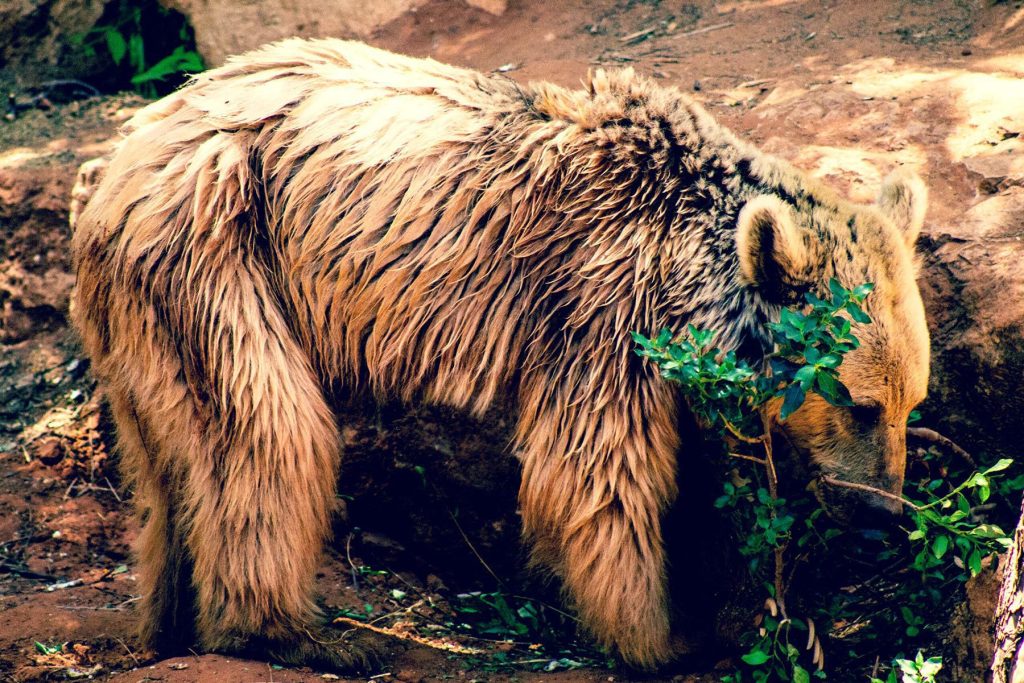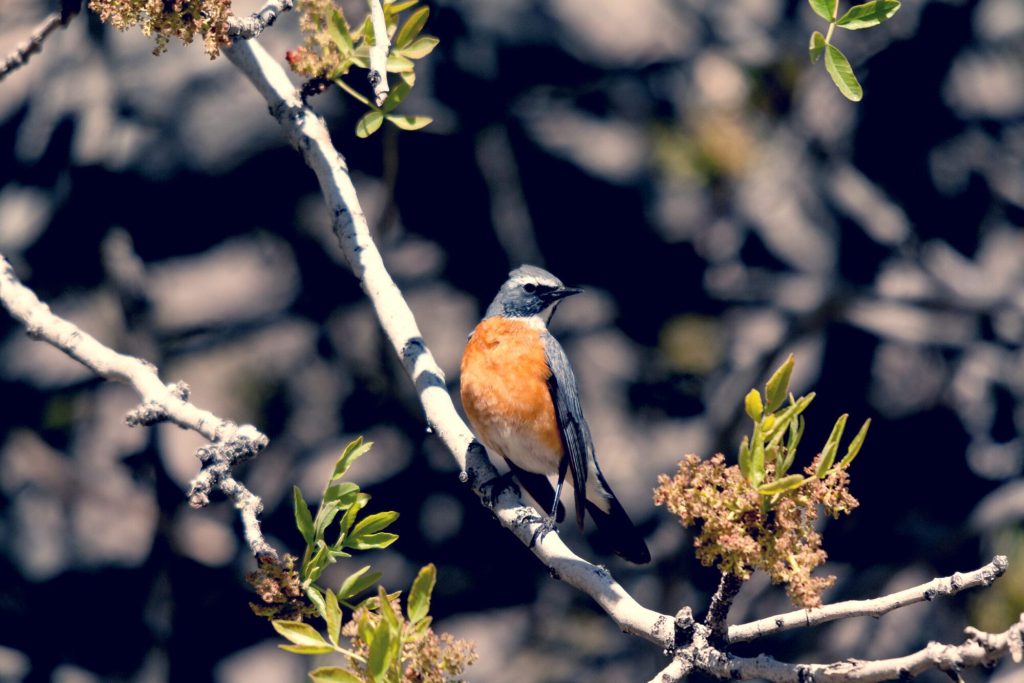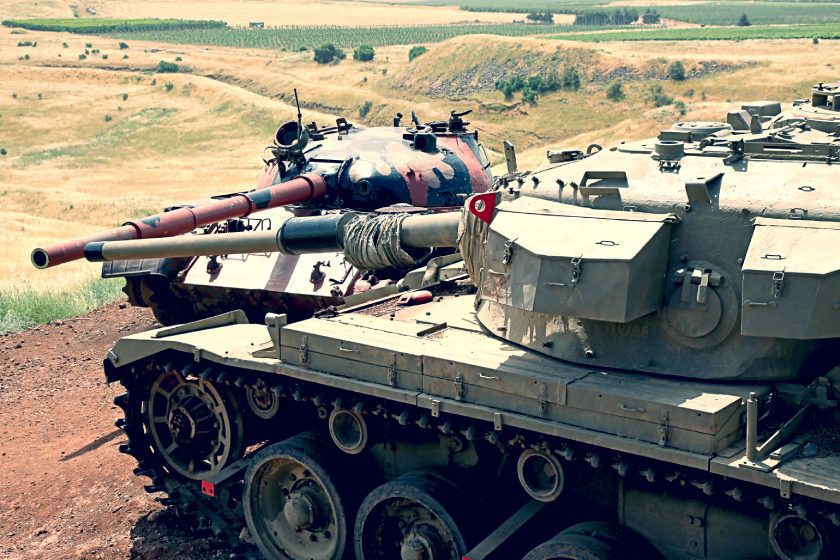Mount Hermon is a long, narrow ridge, and in the southern part of the mountain range opposite the Mountains of Lebanon. Its length is about 60 km. Most of which is in Syria and Lebanon; and some are in Israeli territory. Most of the mountain area in Israel is the Hermon Nature Reserve. Four localities are located on the mountain in its Israeli part: two Jewish localities – Neve Ativ and Nimrod; and two Druze – Majdal Shams and Ein Kenia.

Also, Mount Hermon has an annual rainfall of 1,300 mm and more. Due to the height of the mountain, the precipitation that falls on it is mostly snow. In addition, powerful winds blow on the mountain all year round. Furthermore, the temperature is low; for most of the winter, it is around freezing. Moreover, In the hot summer months, the temperature reaches 25 degrees.
Mount Hermon: Flora and Fauna
Vegetation: So Mount Hermon vegetation is suitable for high mountains. The phenomenon of girthing by height is known. At each altitude plants suitable for the climatic conditions grow at this altitude, in its high part (above 1,800 m) there are no trees at all, only herbaceous and low shrubs. Due to the height of the mountain, the growth and flowering begin at the top of the mountain in August instead of in the spring (in March in the lower regions). In fact, on Mount Betarim there are some of the largest oak trees in the country; in the Cherry Valley grow, cherry bushes from the prostrate cherry species.

Fauna: Among the birds that nest at Mount Hermon is the White-throated robin; the Western rock nuthatch; the Sombre tit; and the Northern wheatear. In addition, it is the most recommended place to spot a Pale Rockfish. Moreover, Mount Hermon is abundant with species of butterflies. In fact, 23 of them are unique to the Mount Hermon Nature Reserve. Also mammals like foxes, jackals, rabbits and more. In the past, specimens of a Syrian bear lived on Mount Hermon. But the last one was hunted in 1917. In the days of the Crusaders, the last Asian lions that lived on Mount Hermon were hunted.
Mount Hermon During the Wars
Mount Hermon was captured from Syria by an IDF force that landed by helicopters at the end of the Six-Day War. A fortified outpost was established there – the Hermon outpost; designed to provide warning and information to the Air Force and the Intelligence Division. At the outbreak of the Yom Kippur War; Syrian commandos occupied the post and captured the majority of the soldiers stationed at the post. Another small section of the soldiers managed to escape under cover of darkness. The first attempt to occupy the Hermon outpost back was made on October 8 by The Golani Brigade forces.

The attempt failed mainly due to a shortage of fighters, and the force was ordered to retreat after losing 25 fighters. Towards the end of the war, a ‘dessert operation’ took place; to recapture Mount Hermon. The operation was operated by the Golani Brigade, which climbed up the mountain to occupy the Israeli outpost, and a combined force of the 226th Brigade; a reserve paratroop brigade; which landed from helicopters and captured the “Syrian Hermon” from behind.
Finally, the Golani force had 55 dead, and much criticism was leveled at the IDF for the way the Golani Brigade fought; even the brigade’s AGM officer, Yoav Golan, said that he successfully canceled the bombing of Mount Hermon, which was intended to achieve a decision at all costs. Following this battle, Mount Hermon has nicknamed the “eyes of the state.”







